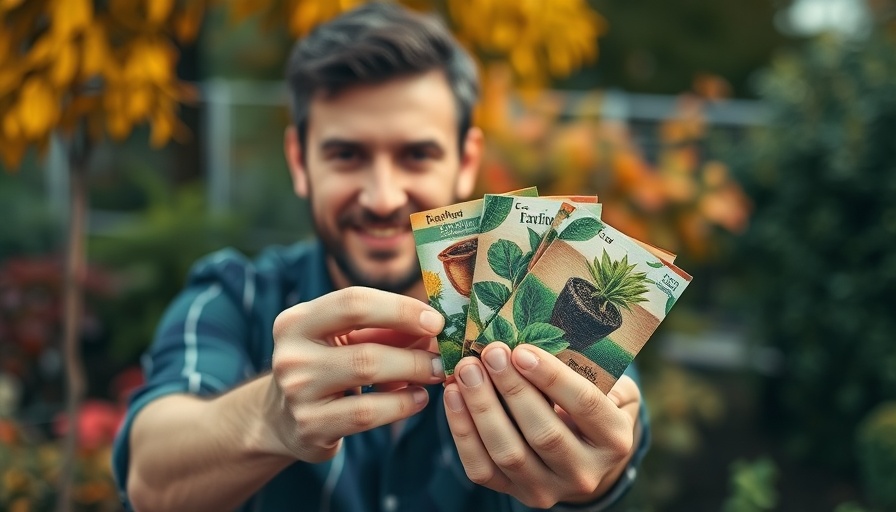
Identifying Common Carrot Problems in Urban Gardens
Urban gardening is a rewarding endeavor, especially in a bustling area like Metro Vancouver. However, even seasoned gardeners can encounter issues with their crops, particularly carrots. Whether you’re planting in a small yard, a balcony, or a community plot, understanding the common problems with carrots can help you cultivate a healthier crop. The video titled "My carrots have a problem..." sheds light on these challenges, prompting us to explore how to troubleshoot and enhance your carrot-growing experience.
In "My carrots have a problem...", the discussion highlights common challenges in urban gardening, prompting us to dig deeper into solutions for carrot success.
Soil Health: The Key to Lush Carrots
One of the first culprits behind wilting carrot greens or poor root development is soil health. Carrots thrive in loose, sandy soils with good drainage. If your carrots are struggling, it may be worth investigating your soil composition. Consider adding organic matter, such as compost, to improve soil drainage and nutrient availability. This not only benefits the carrots but also enhances the overall health of your garden.
Pest Control: Protect Your Harvest
Urban environments can attract various pests that may impact your garden. Carrots are often vulnerable to pests like carrot rust flies and aphids. To combat this, consider using companion planting as a natural deterrent. Planting onions or garlic nearby can help repel these pests. Additionally, you can cover your crops with row covers to provide a physical barrier until they mature.
Watering Wisely: A Balancing Act
Another frequent issue for carrot growers is improper watering. Carrots need consistent moisture, especially during germination. However, over-watering can lead to root rot. Ensure your watering routine is regular but not excessive. A good rule of thumb is to check the soil moisture an inch below the surface; if it feels dry, it’s time to water.
Small Space Options: Maximizing Your Urban Garden
For those gardening in limited spaces, vertical gardening techniques can be a game-changer. Utilize vertical planters or hanging baskets to free up ground space and give your carrots plenty of room to grow. Carrot varieties like 'Little Finger' or 'Parisian Market' are ideal for small gardens because they grow shorter and can thrive in shallower soil. This not only boosts your yield but also enhances the aesthetic of your space.
Future Insights: Urban Agriculture's Growing Importance
As cities evolve, so does the need for green spaces and sustainable food sources. Urban gardening is more than just a hobby; it’s a crucial step toward food security and community health. By addressing common carrot issues and boosting your gardening skills, you contribute to a larger movement of urban agriculture in Metro Vancouver, promoting food education and environmental consciousness.
Incorporating these insights will not only help you nurture healthier carrots but also enable you to inspire others in your community. Your gardening success story can motivate newcomers to explore urban gardening, fostering a richer, greener city.
 Add Row
Add Row  Add
Add 




Write A Comment